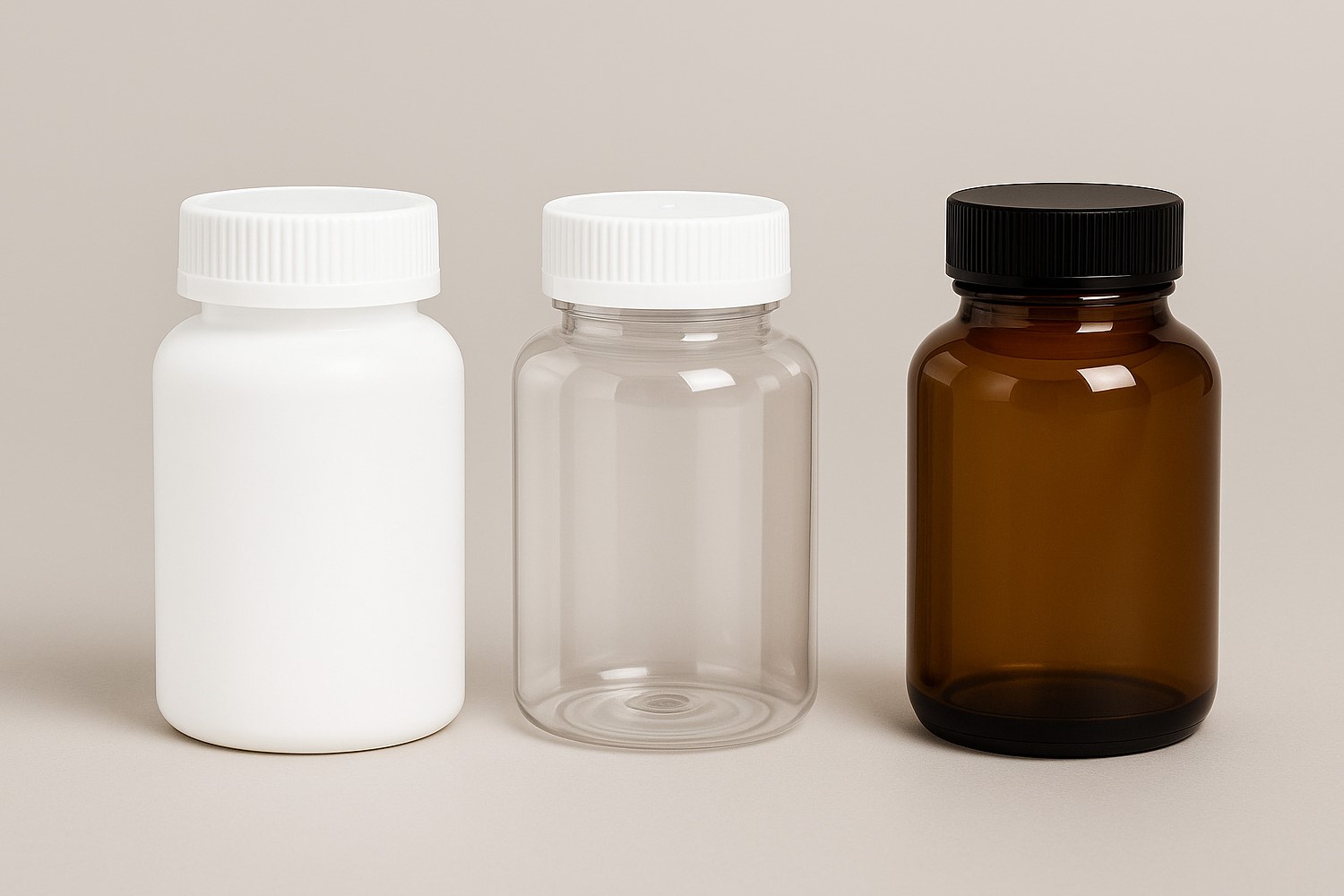
When opening your medicine cabinet and seeing a lineup of pill bottles, have you ever wondered what those pharmaceutical bottles looked like a long time ago?
From the old apothecary jars of centuries past to the modern medicine packaging bottles on your shelf, the design and technology behind drug packaging have changed dramatically.
Today’s pill bottles, liquid medicine bottles, and other types of pharmaceutical containers are built not only for safety and compliance but also for user convenience.
In this post, we’ll explore the journey of these pharmaceutical bottles, discuss their various forms and features, and peek into emerging packaging solutions.
The Evolution of Pharmaceutical Bottles
From Apothecary Jars to High-Tech Packaging
Back in the day, apothecaries lined their shelves with old ceramic or glass bottles, usually sealed with corks. These antique pharmaceutical bottles did the job, but they weren’t airtight or uniform, so medicines didn’t always stay fresh or effective.
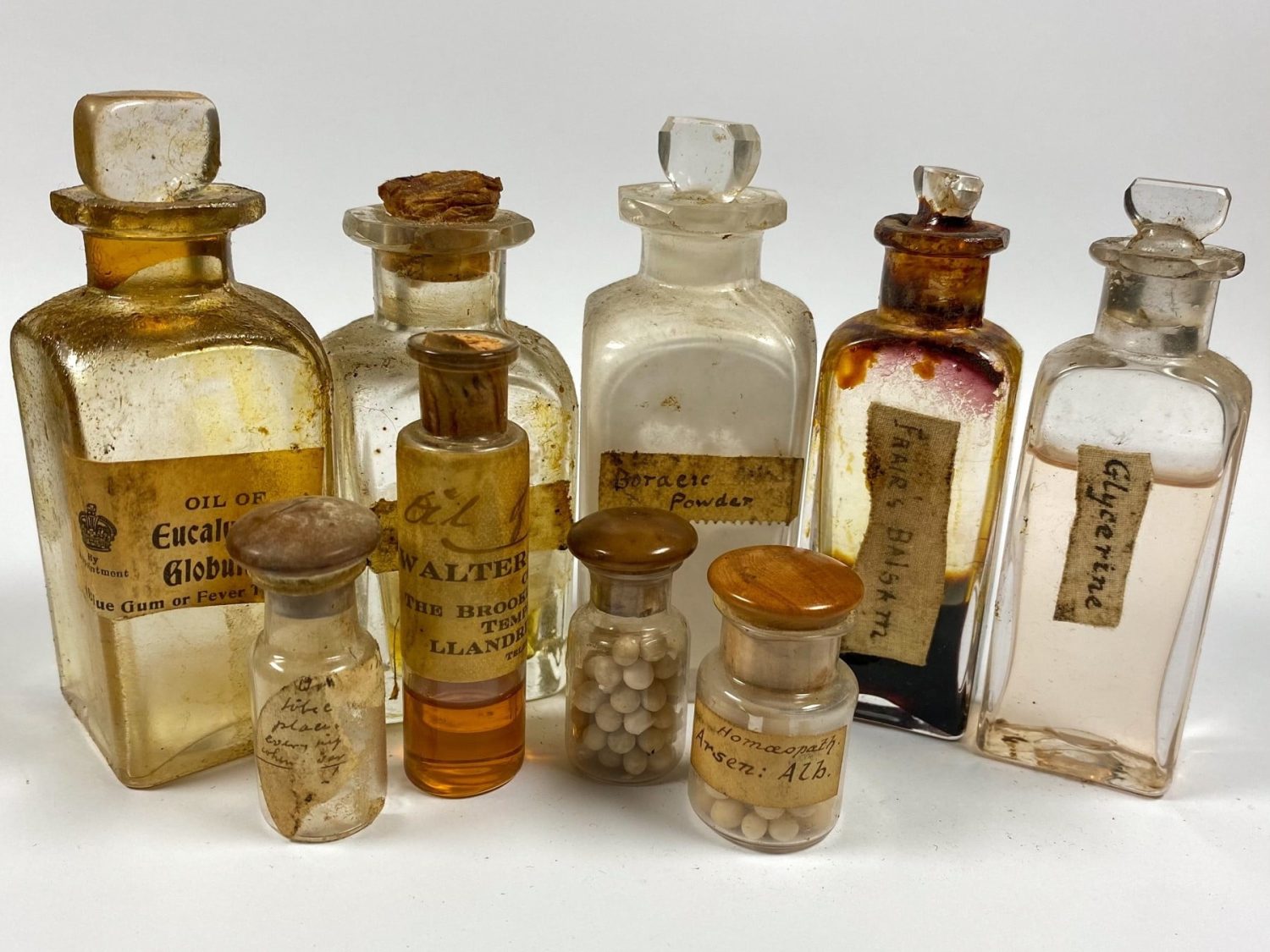
By the 1800s, glass bottles were mass-produced, and that made a big difference. They were all the same size, had better cork seals, and were easier to fill, ship, and store. But glass had one big downside—it broke easily.
Then came plastic in the mid-1900s, and it changed everything. Plastic pharmaceutical bottles were light and didn’t shatter. As the technology got better and cheaper, plastic quickly took over. Drug makers could now package all kinds of meds safely and cheaply.
Milestones in Pharmaceutical Bottle Innovation
| Time Period | Key Development | What Changed |
| 17th–19th Century | Glass and ceramic bottles | Replaced stoneware; cork-stoppered glass bottles gave better protection |
| 1800s | Mass production of glass bottles | Made packaging more consistent and secure |
| Mid-20th Century | Plastic bottles introduced | Lighter, shatter-resistant, cheaper to make |
| 1960s | Widespread use of polyethylene plastics | Became the standard for pill and liquid medicine bottles |
| 1970 | Child-resistant caps mandated (US) | Reduced child medicine poisonings by ~45% |
| 1982 | Tamper-evident packaging introduced | Boosted consumer safety after Tylenol tampering incident |
| 21st Century | Smart features & eco-friendly materials added | Focus on tech (like smart caps) and sustainability |
Types of Pharmaceutical Bottles and Their Applications
Different medications require different kinds of containers. Below are common categories of pharmaceutical bottles by material, function, and regulatory requirements:
- Material-Based Types (Plastic, Glass, Biodegradable)
Plastic Bottles
Most pharmaceutical bottles today are made of plastic, typically HDPE or PET.
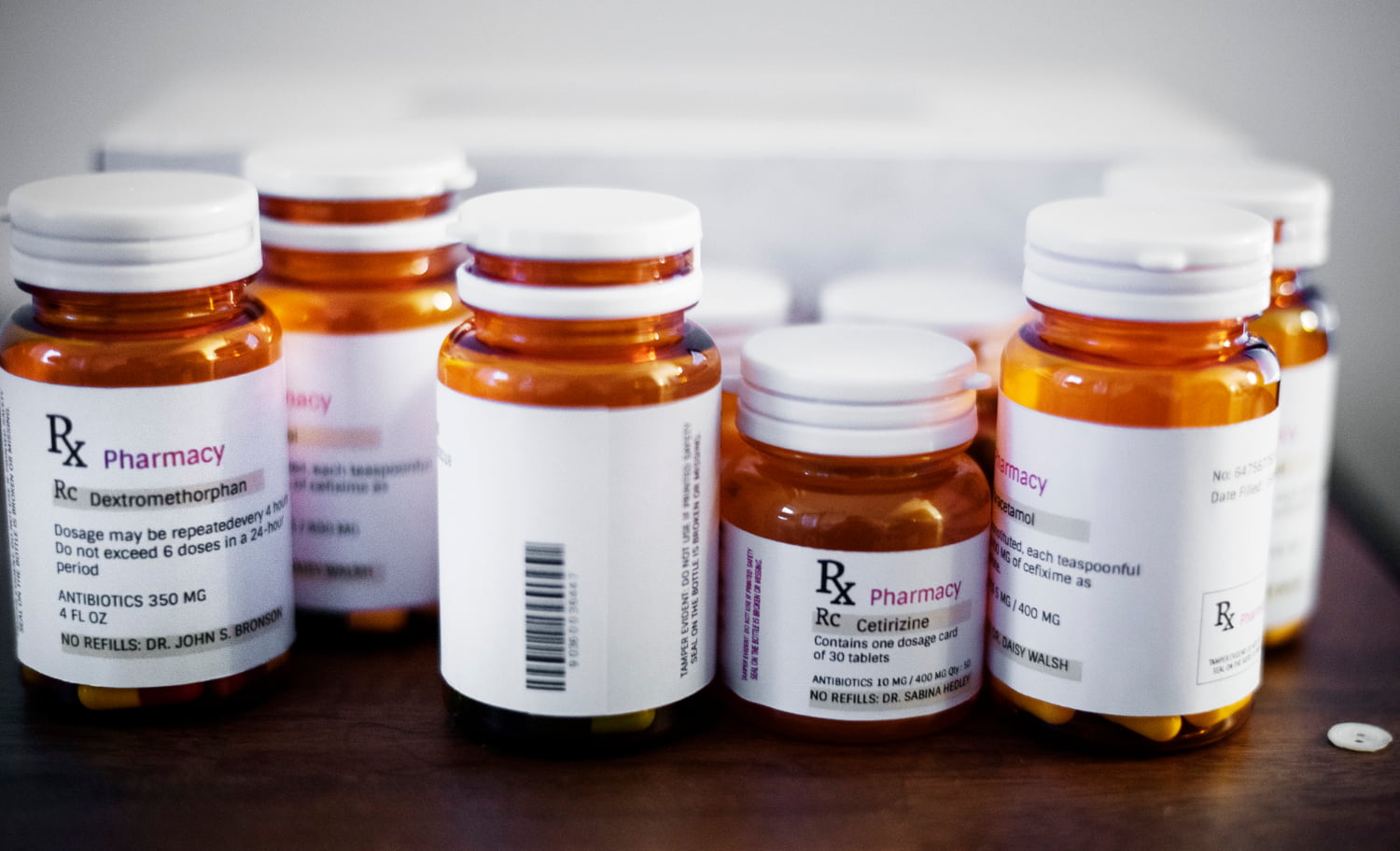
They’re light, tough, and don’t react with most drugs. Plus, they won’t shatter if dropped. Some are tinted to prevent light from messing with the medicine inside.
These bottles are cheap to produce. That’s why they’re the most common packaging for powders and pills.
Glass Bottles
Glass was once the go-to material for medicine bottles. It’s still a popular choice for certain types of products.
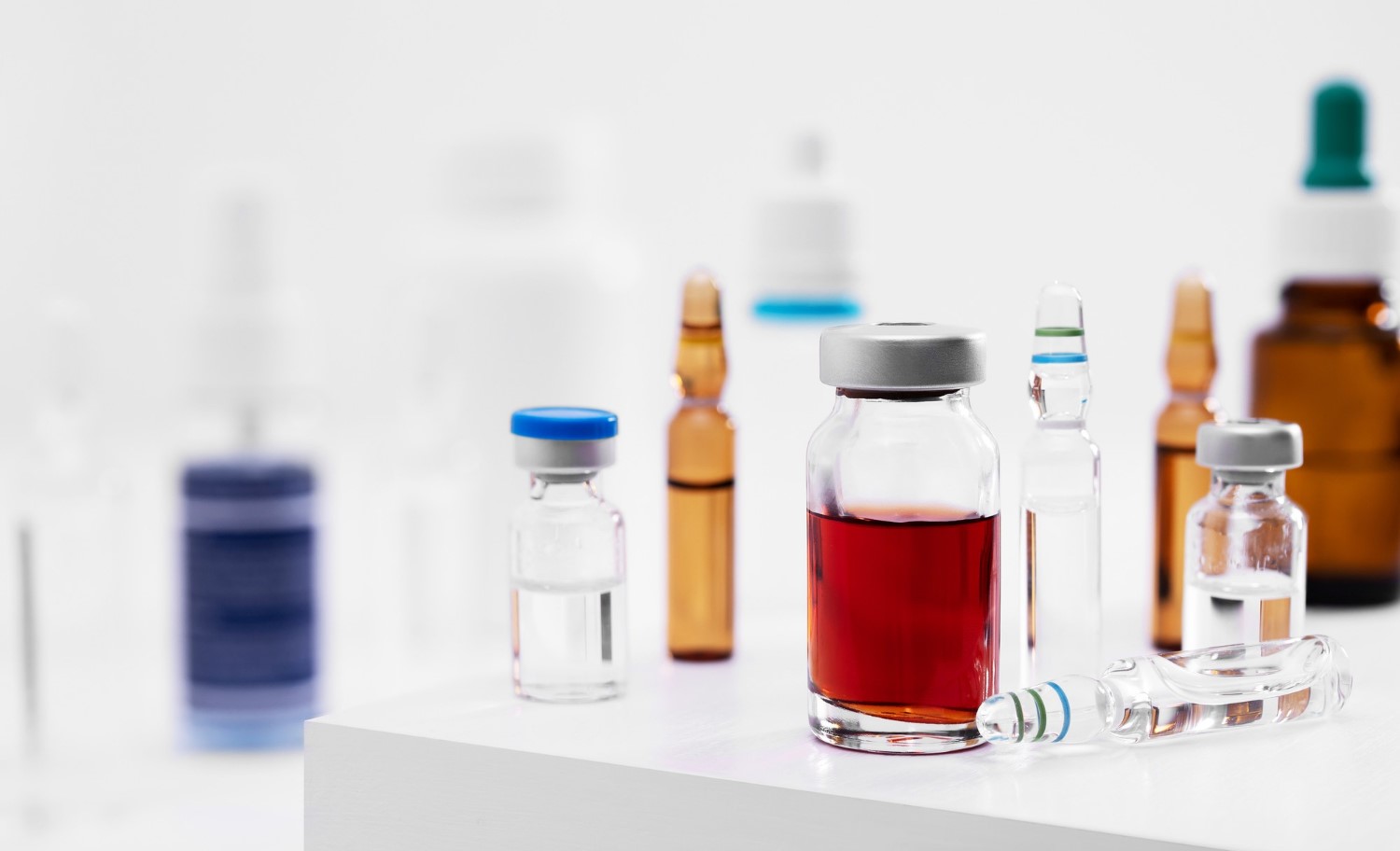
Amber or dark glass works well for keeping out light, moisture, and air, which helps medicines last longer. You’ll mostly see glass bottles used for syrups, injectable drugs, or certain vitamins.
The downside? They’re heavy and breakable. You must pay special attention when shipping these pharmaceutical bottles.
Biodegradable Bottles
To reduce plastic waste, some companies are trying out bottles made from biodegradable materials, like cornstarch.
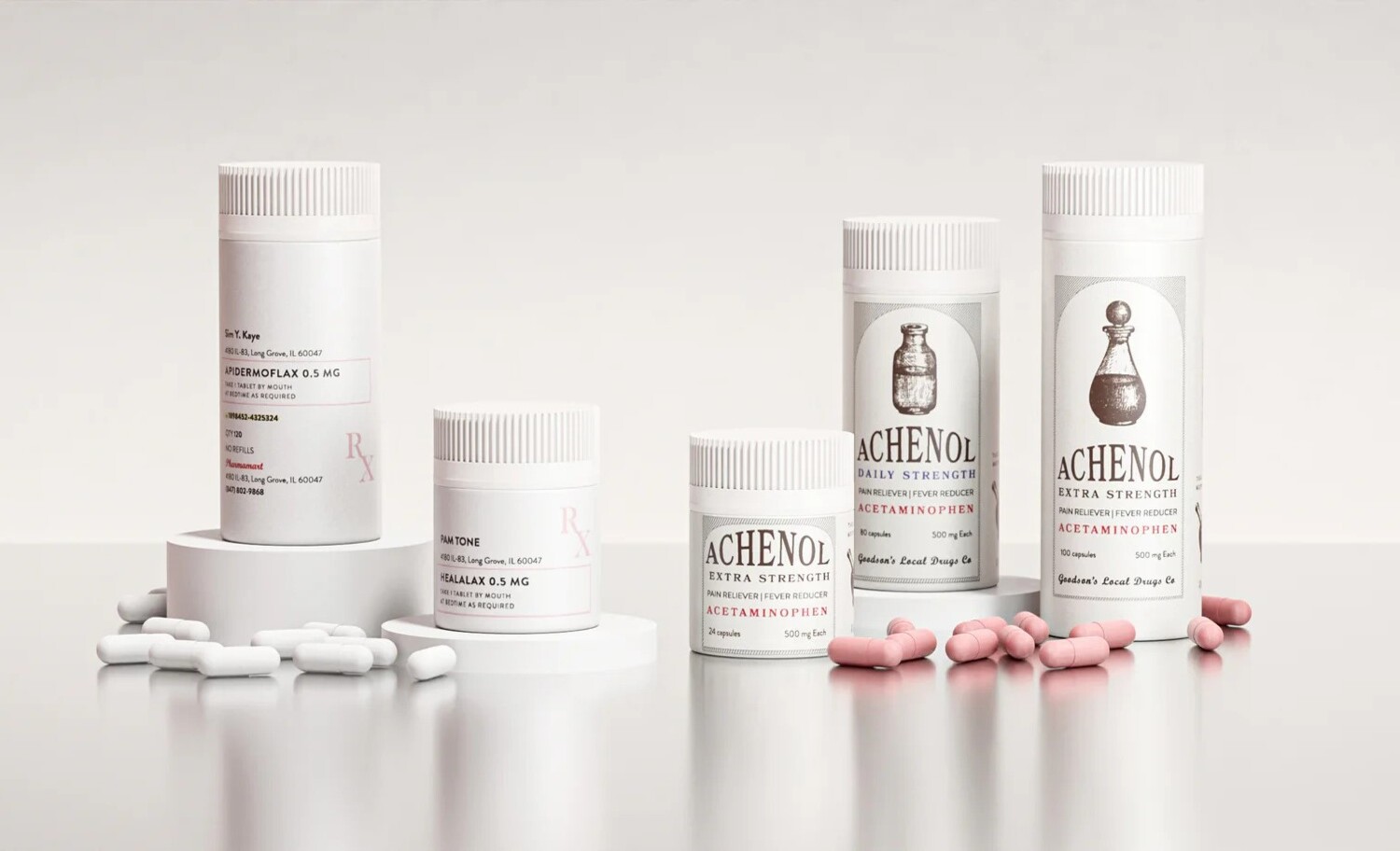
These bottles break down quicker after being tossed. They’re not super common yet, but more brands are testing them out as a greener option for medicine packaging.
- Function-Based Types (Dropper, Syrup, Pill, Gels, Inhalers)
Dropper Bottles
These are made for meds that you take in tiny drops, like eye drops or ear drops. They’re usually made of soft plastic or glass, so they’re easy to use.
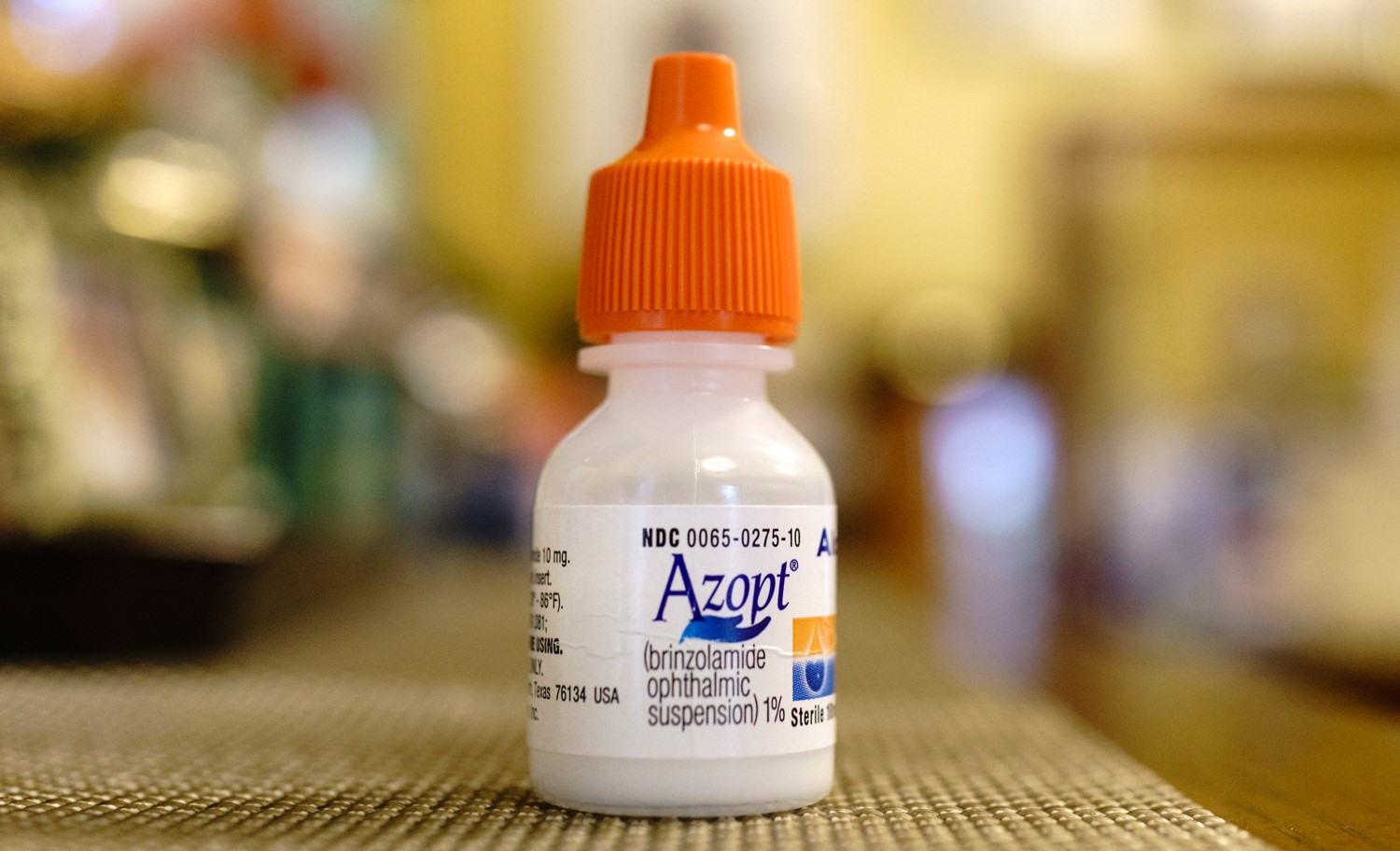
These pharmaceutical bottles come with a built-in dropper tip or a squeezable pipette, so you can control the dose really precisely.
Syrup Bottles
These bottles are used to hold liquid medicines, such as oral suspension and cough syrup. You’ll often see them made of amber glass or PET plastic to block out light.
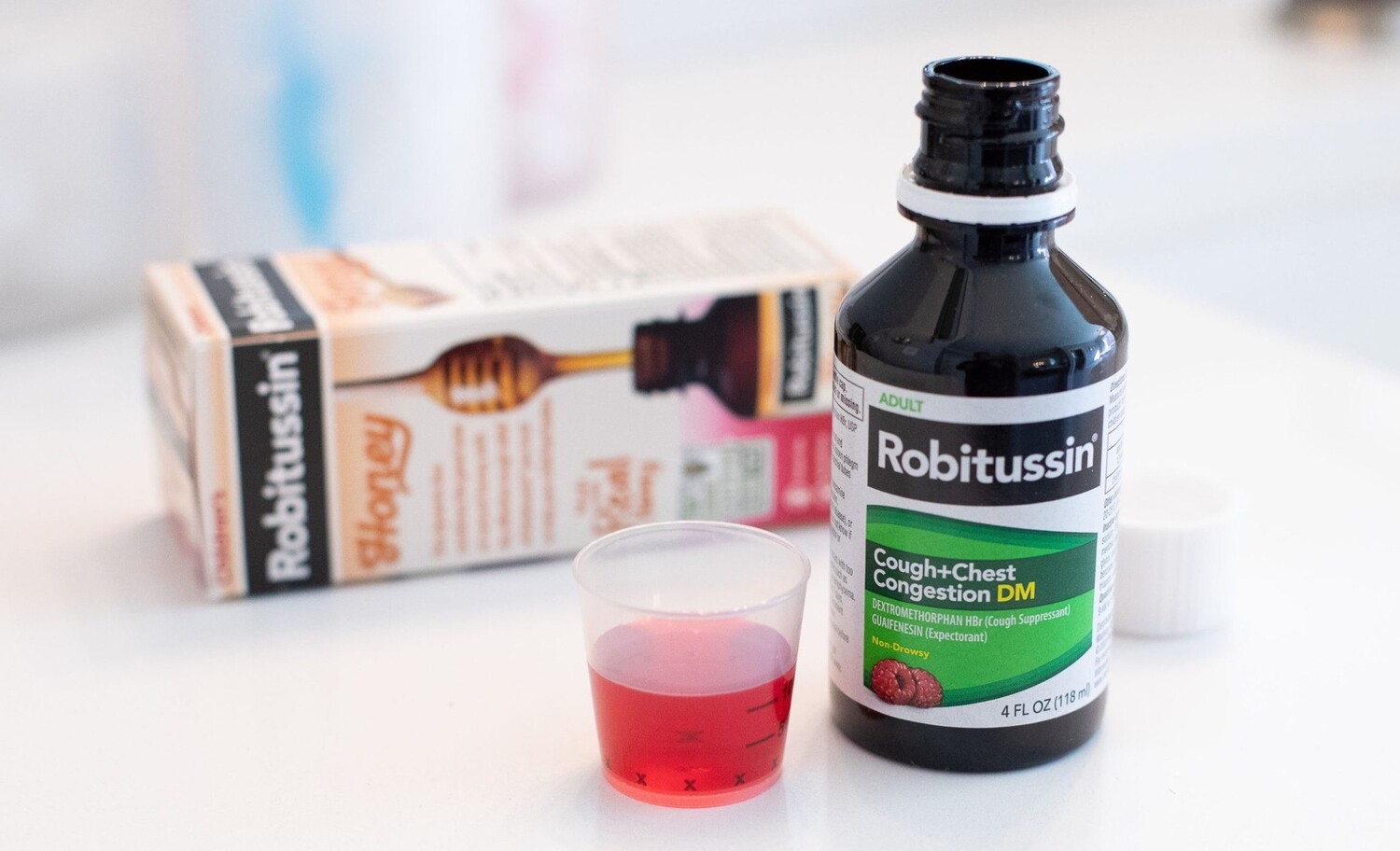
Most come with a measuring cap or a little cup to help with dosing. Child-proof caps are also common to keep kids from accidentally ingesting the medicine.
Pill Bottles
Pill bottles are probably the ones you know best. They are the go-to packaging for capsules and tablets.
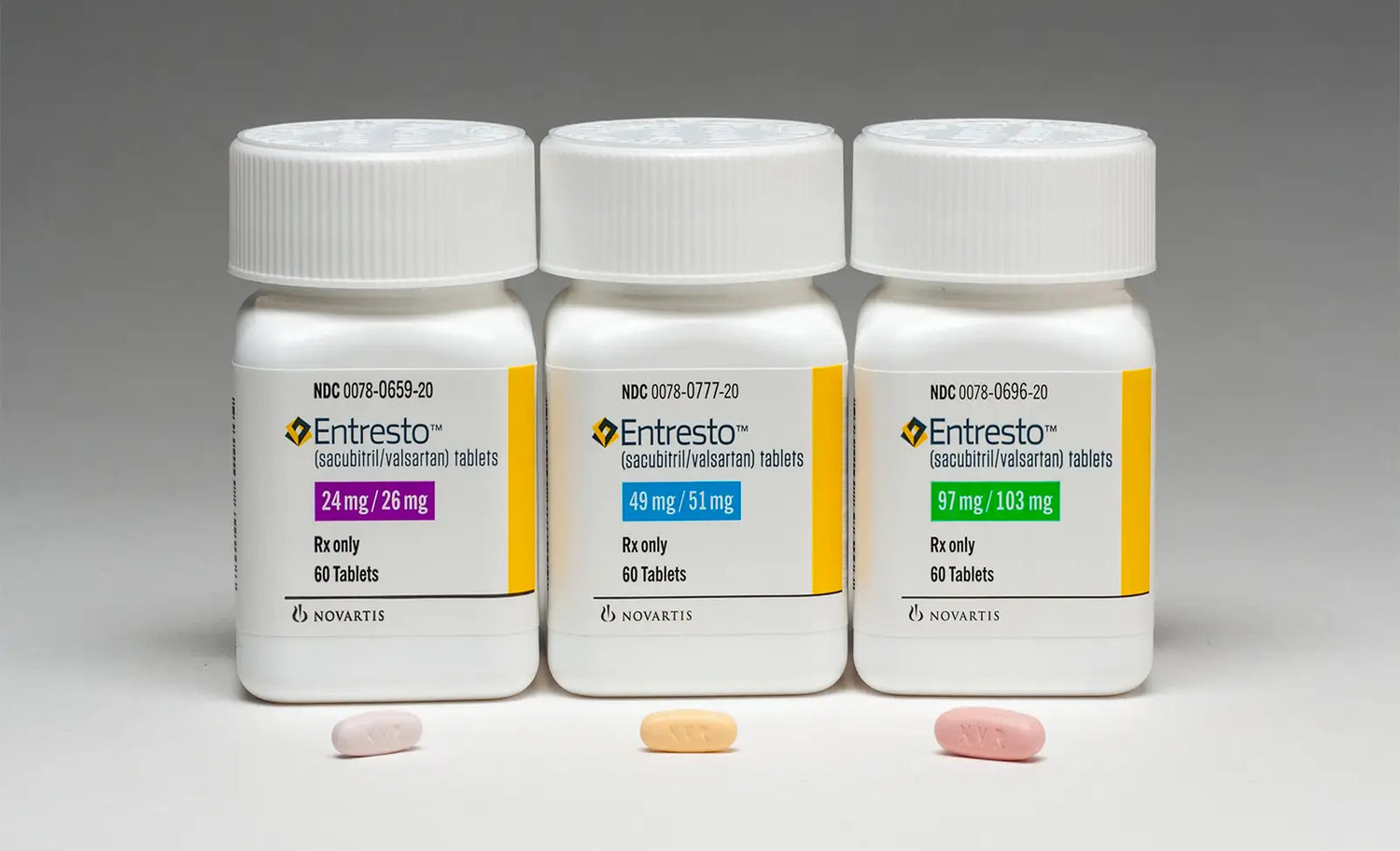
Pharmacies usually give out the amber-orange plastic ones. They let you see what’s inside but still block UV light. Most have child-resistant lids to prevent accidents.
Pump Bottles
Pump bottles are versatile. They can hold meds in various forms, like creams, gels, foams, and some liquids. Each press gives you a consistent amount, so dosing is easy.
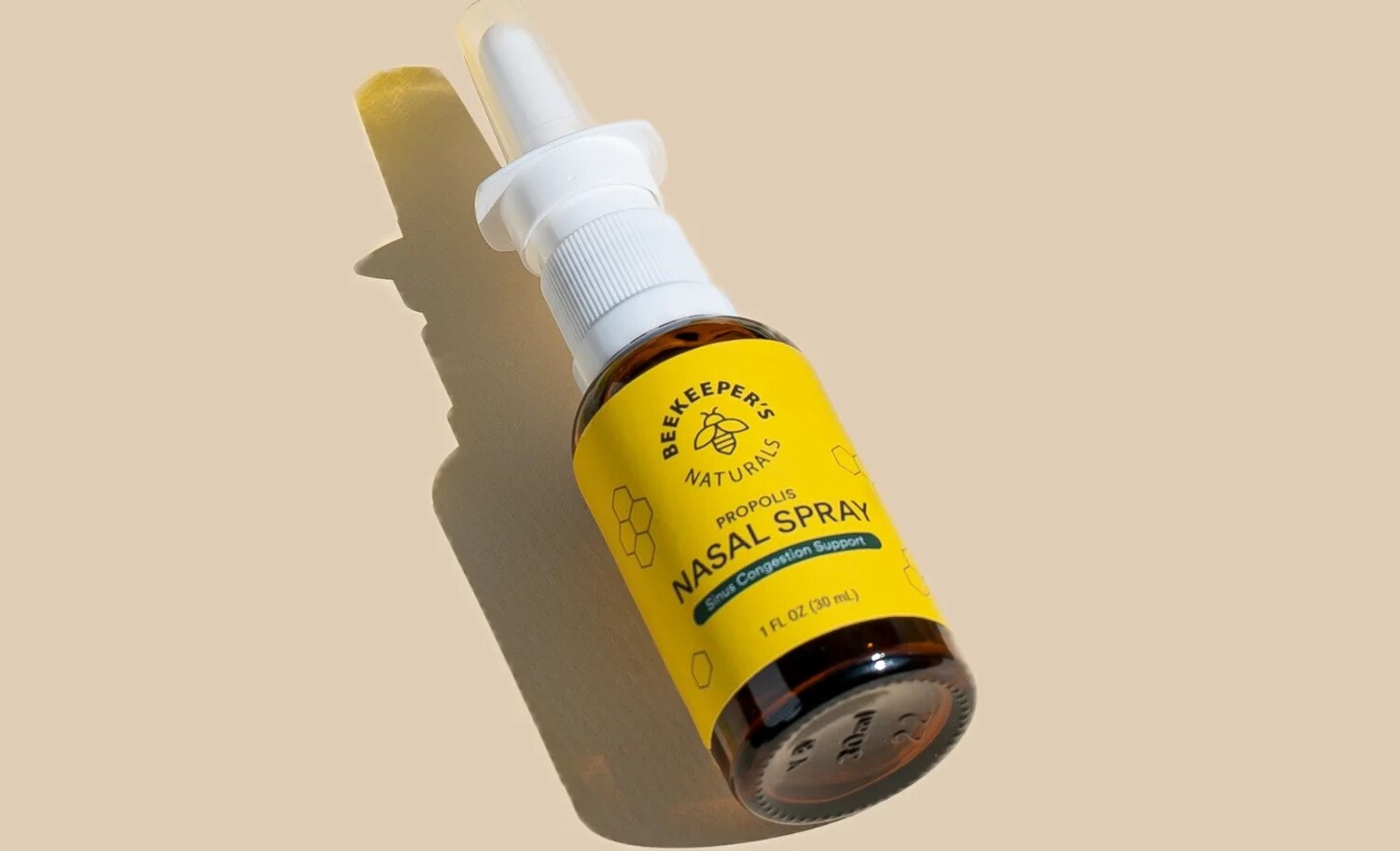
They’re usually made of HDPE and come with airless pumps to protect sensitive formulas. Just one thing to watch out for—they don’t work well with really thick products.
Inhalers
Inhalers aren’t technically bottles, but they’re worth a mention. They’re designed to deliver medicine straight to your lungs.
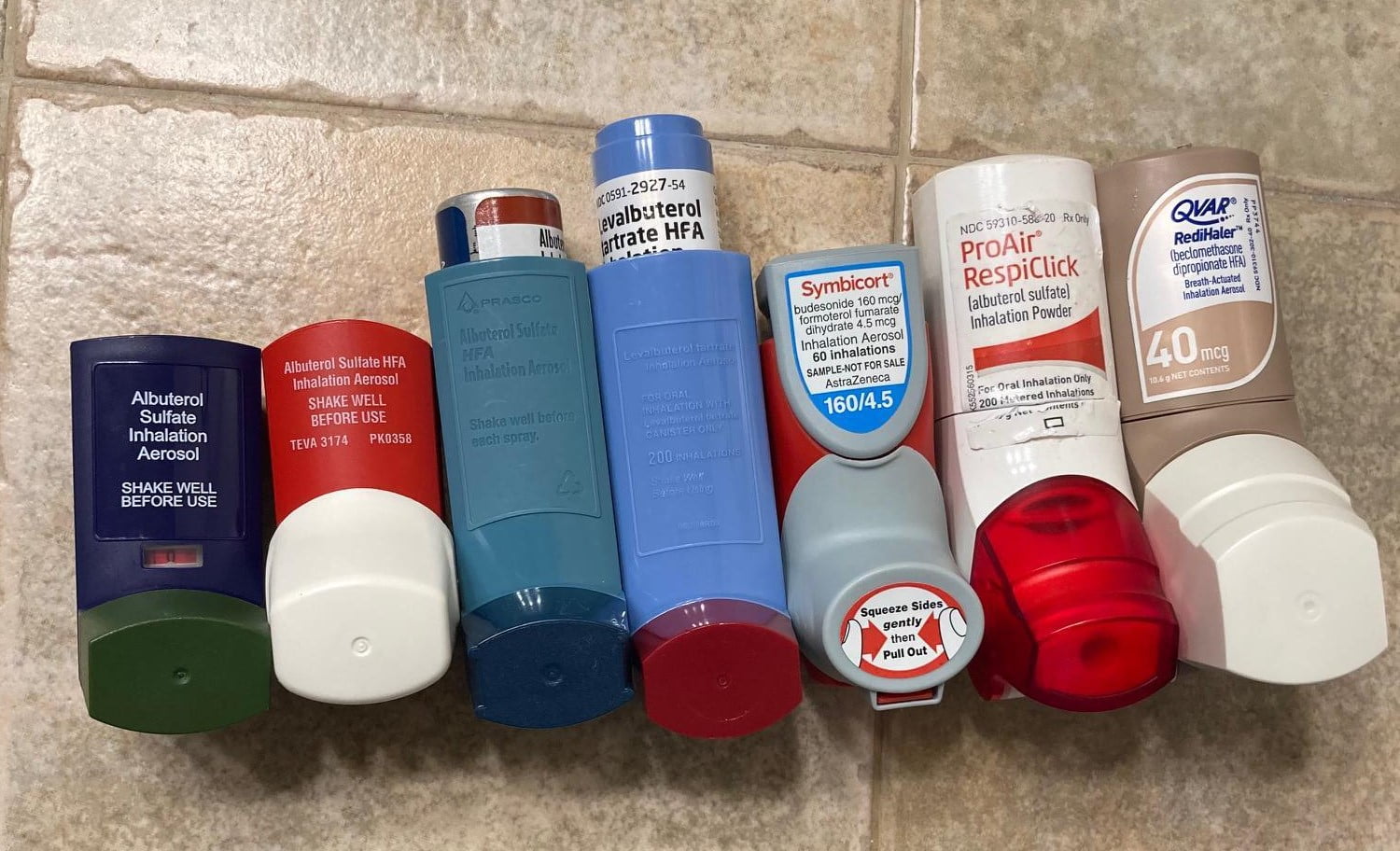
Some are pressurized canisters (like asthma inhalers), while others are dry powder devices you breathe in. They hold the medicine and help deliver just the right dose every time.
- Regulation-Based Types (Child-Resistant, Tamper-Evident, Sterile)
Child-Resistant Bottles
Many medicine bottles today come with child-resistant caps. That’s not just a design choice. It’s the law in many places.
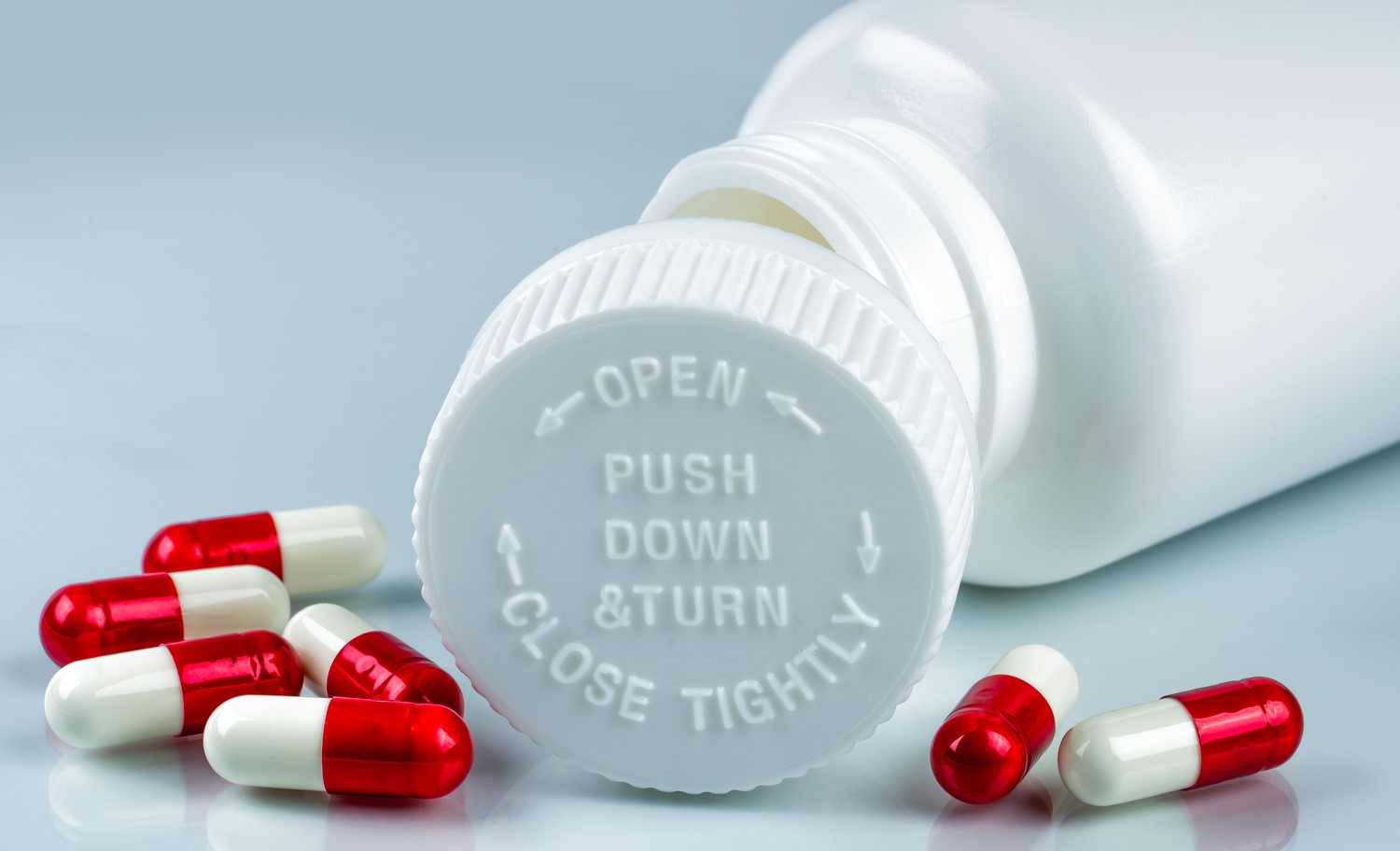
You need to push the cap down and turn it to open the bottle. This kind of cap is tricky for little kids but manageable for adults.
Pharmaceutical bottles with child-resistant caps became standard back in the 1970s. They indeed have helped cut down accidental poisonings in children in a big way.
Tamper-Evident Bottles
Tamper-evident packaging is all about safety. If something’s been messed with, you should be able to tell right away.
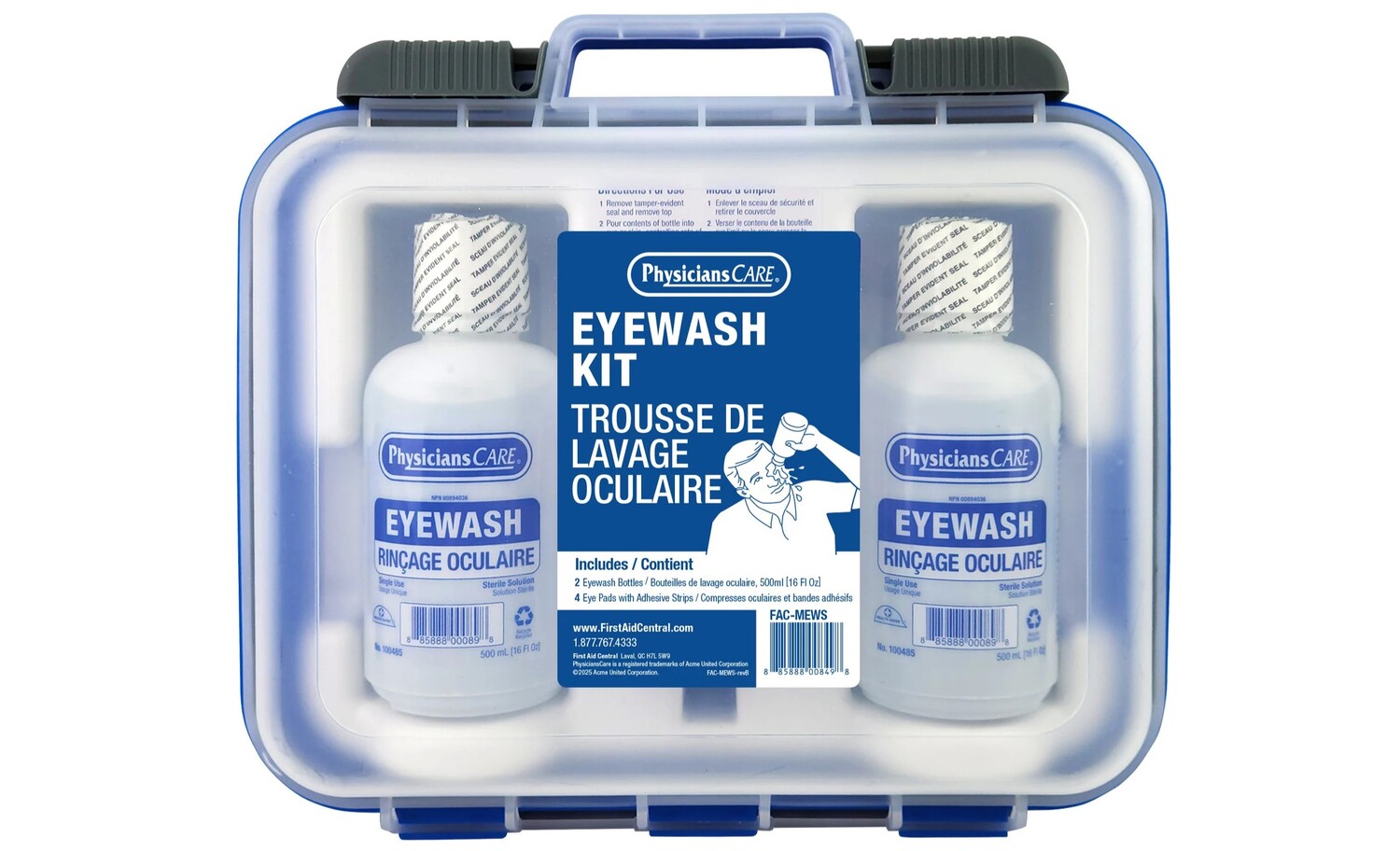
Medicine bottles usually have a foil seal under the cap or a shrink band around it. If the seal or band is broken or gone, that’s a red flag.
This kind of packaging became the norm after the Tylenol tampering case in 1982. Now it’s a must for most over-the-counter meds.
Sterile Bottles
Some meds—like vaccines, injectables, or certain eye drops—have to stay sterile until the moment they’re used. That means the bottle can’t let in any contamination before use.
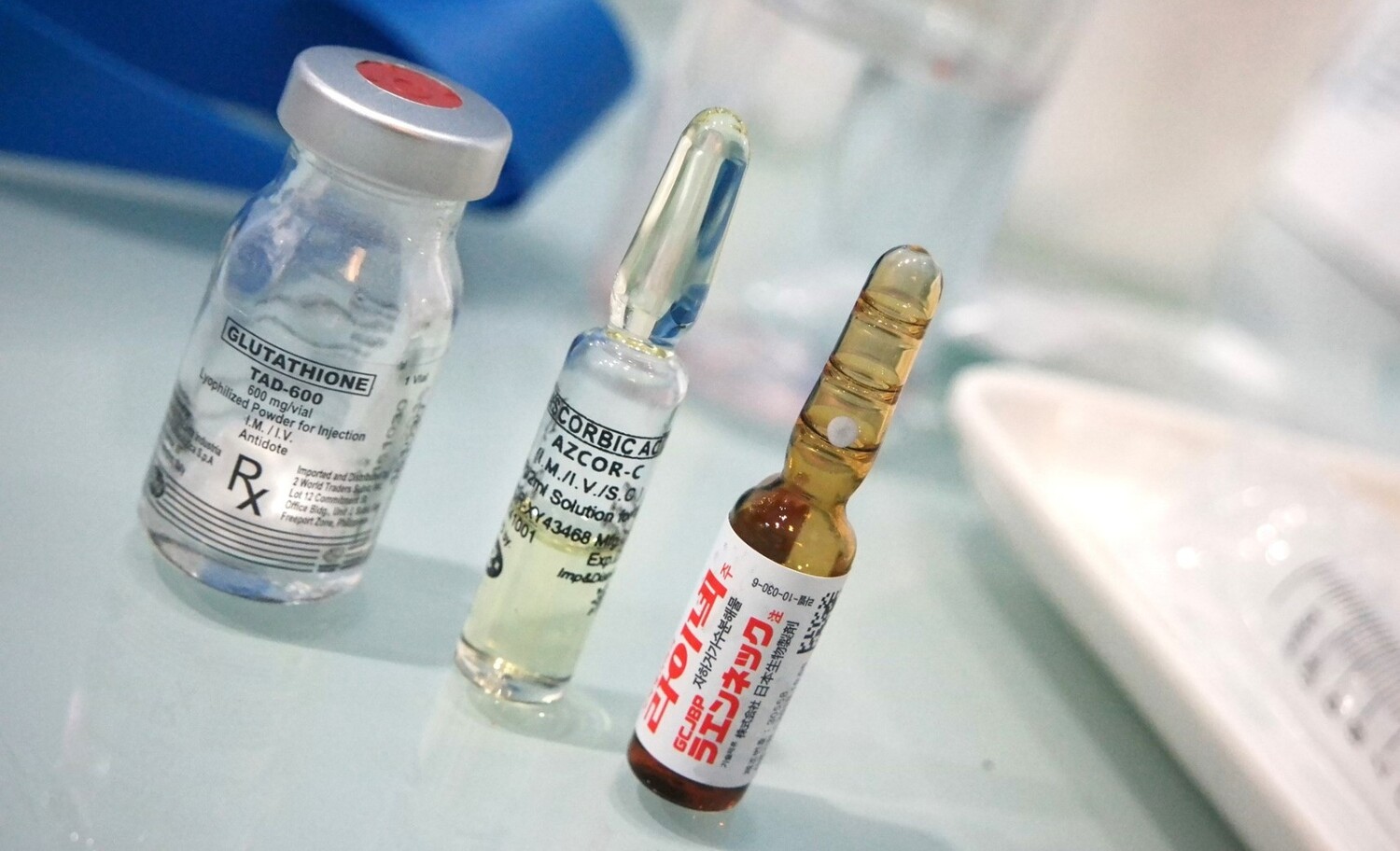
These pharmaceutical bottles are made in super clean conditions and sealed tight. They’re usually made of glass or high-grade plastic and come pre-sterilized so the medicine stays safe until it’s opened.
Key Features of Modern Pharmaceutical Bottles
Pharmaceutical bottles today are designed to meet strict standards for safety, integrity, and usability. Some essential features include:
| Feature | Description | Example Materials/Types |
| Material Properties | Built to protect medications from light, moisture, and oxygen.Durable enough to withstand transport and handling. | HDPE, PET, amber glass, UV-blocking plastic |
| Closure Systems | Made with both convenience and safety in mind.Must prevent leaks, be tamper-evident, and meet child-resistance regulations where required. | Push-and-turn caps, flip-top caps, airless pumps, tamper-evident seals, desiccant closures |
| Labeling & Information | Clear, legible labels that communicate drug names, dosage, warnings, and expiry.May include special features for accessibility. | Large print, color-coded labels, Braille, peel-back multi-layer labels |
| Barrier Protection | Keeps sensitive drugs stable by minimizing exposure to external elements. | Moisture-proof and oxygen-barrier plastics, foil seals, UV-resistant coatings |
| User Accessibility | Designed with patients in mind — should be easy to open, read, and handle, especially for seniors or those with limited dexterity. | Senior-friendly caps, ergonomic shapes, one-handed pumps |
Emerging Trends in Pharmaceutical Bottle Design
Pharmaceutical bottles continue to evolve with new technologies and priorities. Notable trends include:
Tech-Driven Solutions
Some pharmaceutical bottles now have sensors or Bluetooth caps
They keep track of when you take your meds and send you reminders if you forget
Makes it easier to stay on schedule with medications
RFID and NFC tags help confirm the drug’s authenticity and monitor it during shipping
Sustainability & Eco-Friendly Moves
- Companies are switching to recycled or biodegradable materials
- Reducing extra packaging is a growing priority
- The goal is to cut down on pharma packaging waste without compromising safety
- Even small eco changes matter in an industry with tons of packaging output
User Experience & Branding
- Bottles are being designed with unique shapes, colors, or brand details
- Helps products stand out and feel more recognizable
- Some include patient-friendly features like larger labels or easy-open caps
- It’s all about better usability while keeping up with safety and compliance rules
Final Word
Pharmaceutical bottles may seem simple, but there’s a lot going on behind the scenes. From their materials and functions, every detail matters.
Whether it’s a child-resistant pill bottle, a sterile glass vial, or a pump bottle for topical meds, each design serves a specific purpose.
As trends shift toward smarter, greener, and more user-friendly packaging, pharmaceutical bottles will keep evolving right alongside the industry.
If you’re in pharma manufacturing, knowing what makes your bottle safe, functional, and reliable is more important than ever.